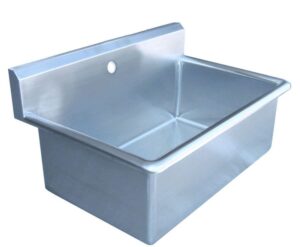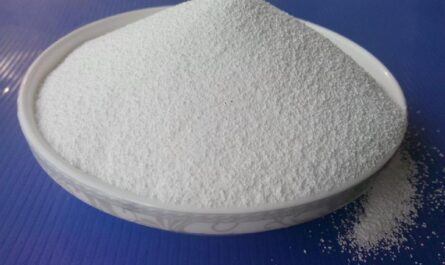
Infection control and prevention of cross-contamination are crucial aspects of any medical facility. In operating rooms and other clinical areas where surgeries or invasive procedures take place, sterilization takes on even greater importance. Surgical sinks serve a vital hygiene function by providing clinicians a place to thoroughly wash their hands and arms before and after interactions with patients. Proper handwashing not only kills harmful microbes but also washes away debris and bodily fluids that could potentially transfer infections between individuals if contaminated hands contact multiple surfaces or people. Sinks designed specifically for medical use support efficient protocols to ensure staff and patients remain safe from healthcare-associated infections.
Advancements in Materials and Drainage Systems
Early surgical sinks resembled household kitchen or bathroom models, typically made of porcelain enamel over steel. However, their rough, porous surfaces allowed microbes to live and spread more easily. Modern sinks incorporate seamless, non-porous materials like stainless steel that resist corrosion, withstand high temperatures for sterilization, and prohibit microbial residency. Advanced Surgical Sinksc also feature specially designed drains and traps able to expel waste and debris completely without clogging. Some even integrate antimicrobial substances into sink surfaces to further curb the growth of illness-causing bacteria, fungi, and viruses. New automatic sensors and foot pedals activate water flow hands-free for optimal convenience, control, and hygiene when multiple staff need consistent access.
Customization for Unique Clinical Workflow Needs
Each operating room presents distinctive setup requirements depending on the specialty and type of surgeries typically performed. As a result, surgical sinks are manufactured in an array of customized configurations. Some include additional soap and sanitizer dispensers, mirrors, and shelving integrated ergonomically based on a facility’s preferences. Sinks can be standalone or wall-mounted based on available space. Double and triple basin sinks offer flexibility for multiple concurrent users. Touchless or touch-activated controls further streamline hygienic protocols. Angled or curved basin edges ease cleaning and promote proper drainage without pooling. Antimicrobial powder coating protects surfaces and builds in an extra safeguard against contamination. Customizable features ensure sinks optimally support any surgical workflow.
Importance of Proper Installation and Maintenance
To perform as intended over many years of rigorous clinical use, sinks require specialized installation by qualified professionals. Proper sealing around plumbing connections and countertop edges prevents moisture from entering wall cavities and subfloors, where it could cultivate mold or structural decay. Correct drainage slope and regular cleaning of P-traps keep wastewater and debris from lingering in hidden areas. Regular maintenance like inspecting caulking and cleaning overflow drains and grates protects the long-term integrity and performance of sinks. Replacing worn components promptly averts problems. Proactive maintenance shields patient and staff safety by eliminating places for microbes, bacteria, mold, and mildew to fomster undetected. Adhering to manufacturers’ installation and care guidelines safeguards both the sinks and the people who depend on their role in infection prevention.
Selecting Sinks Suited for Target Environment and Budget
When outfitting operating rooms, decision-makers must thoughtfully consider variables like anticipated patient volume and caseload, available funding, usage patterns unique to their organization, and long-term facility objectives. Commercial-grade sinks engineered for high-traffic medical settings naturally differ from consumer or household options unsuitable for sustained clinical usage. Selecting quality products from trusted manufacturers specializing in sanitary fixtures for healthcare minimizes maintenance and maximizes reliability over the long haul. Planned replacement cycles factor in the latest technology and materials innovation. Sinks should suit the precise available space configuration as well as the budget. With comprehensive comparison of specifications and pricing, facilities can identify the perfect sink solutions fit for purpose within their operational and financial capabilities.
Evolving Role of Sinks in Modern Infection Control Programs
The critical importance of scrupulous hygiene in medical settings grows more prominent as pathogens evolve new drug resistances. Sinks originally served as basic handwashing stations but now function as integral hubs within multi-faceted infection prevention strategies. Many feature touchless controls, sensor-activated flows, and automatic soap dispensers supporting strict adherence to hand hygiene compliance monitoring protocols. Some connect to intelligent monitoring systems tracking personnel usage and collecting real-time data analytics. Continuous education reinforces handwashing fundamentals while innovation fosters workflow streamlining. As health systems augment existing safeguarding measures, sinks remain foundational tools evolving alongside cutting-edge technologies and protocols. Their germ-killing functions underpin robust efforts to safeguard public health in an era of advancing medicine and growing health threats.
*Note:
1. Source: Coherent Market Insights, Public sources, Desk research
2. We have leveraged AI tools to mine information and compile it



